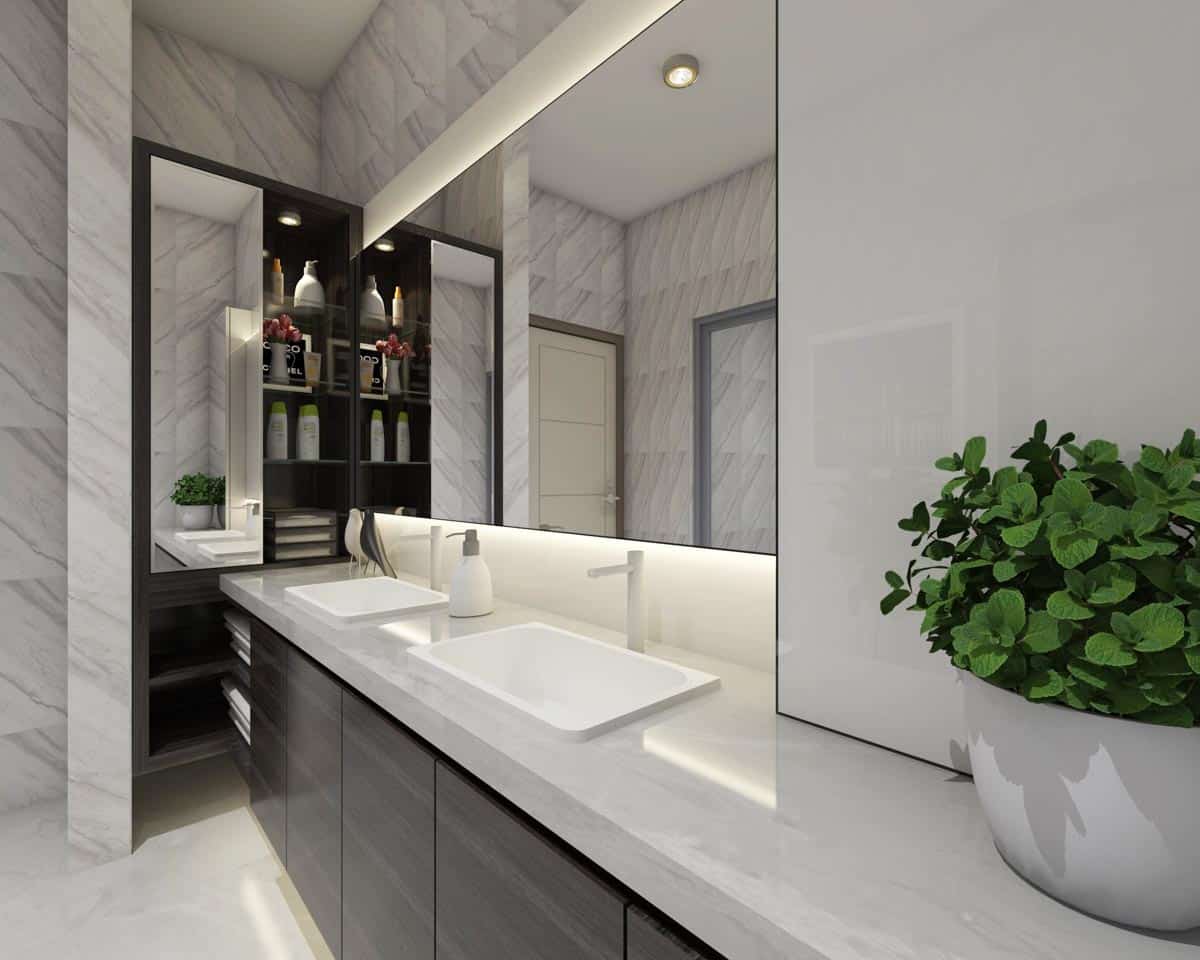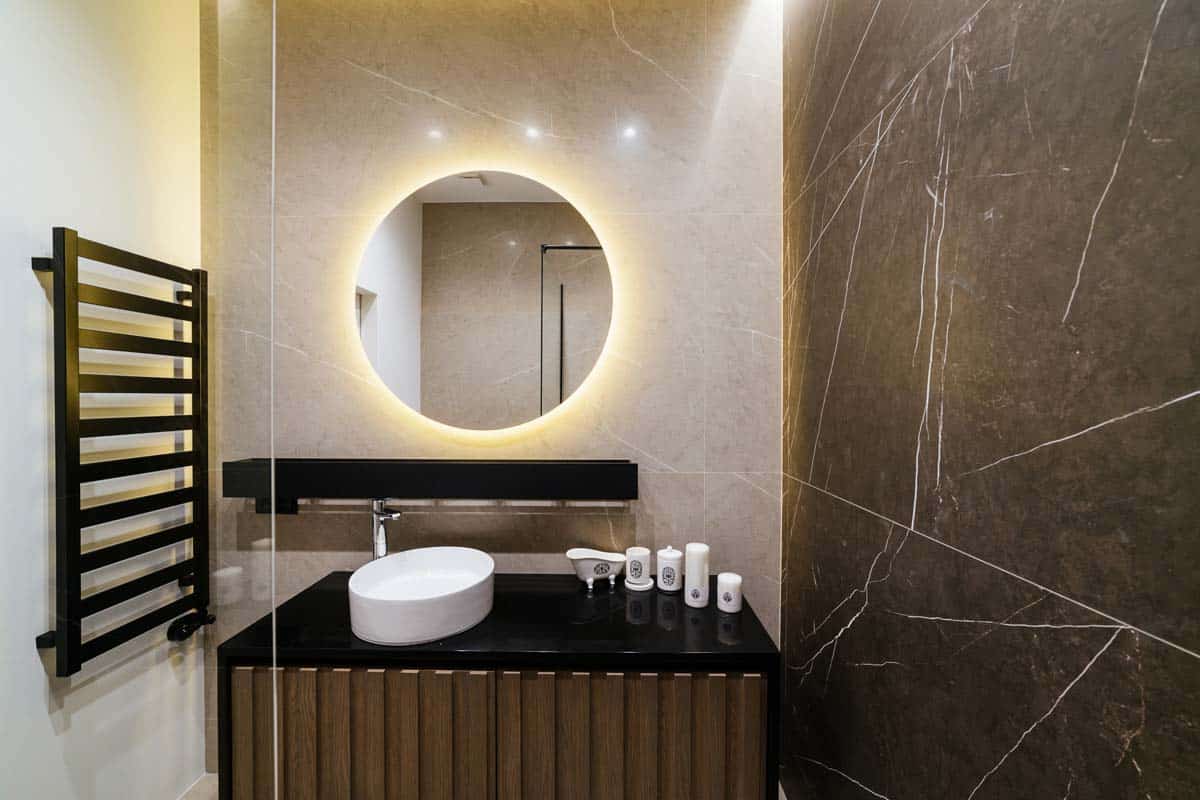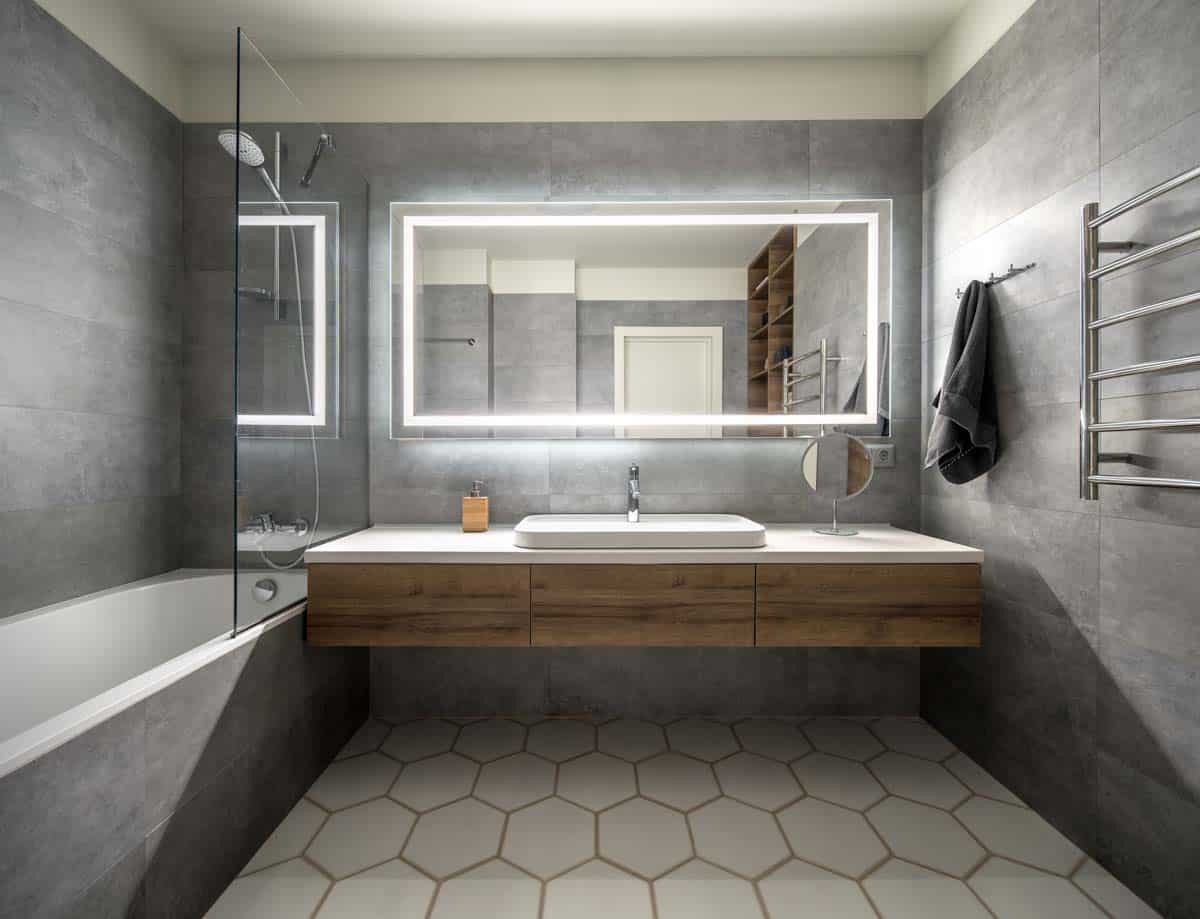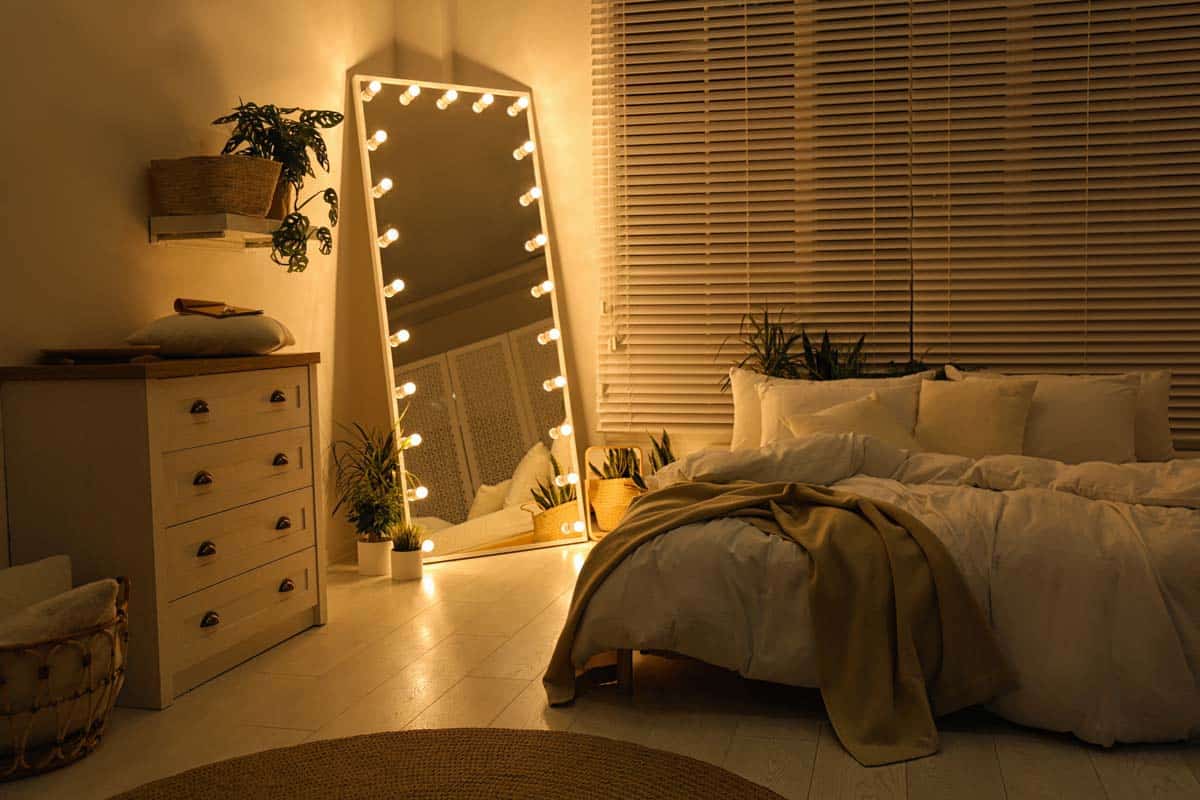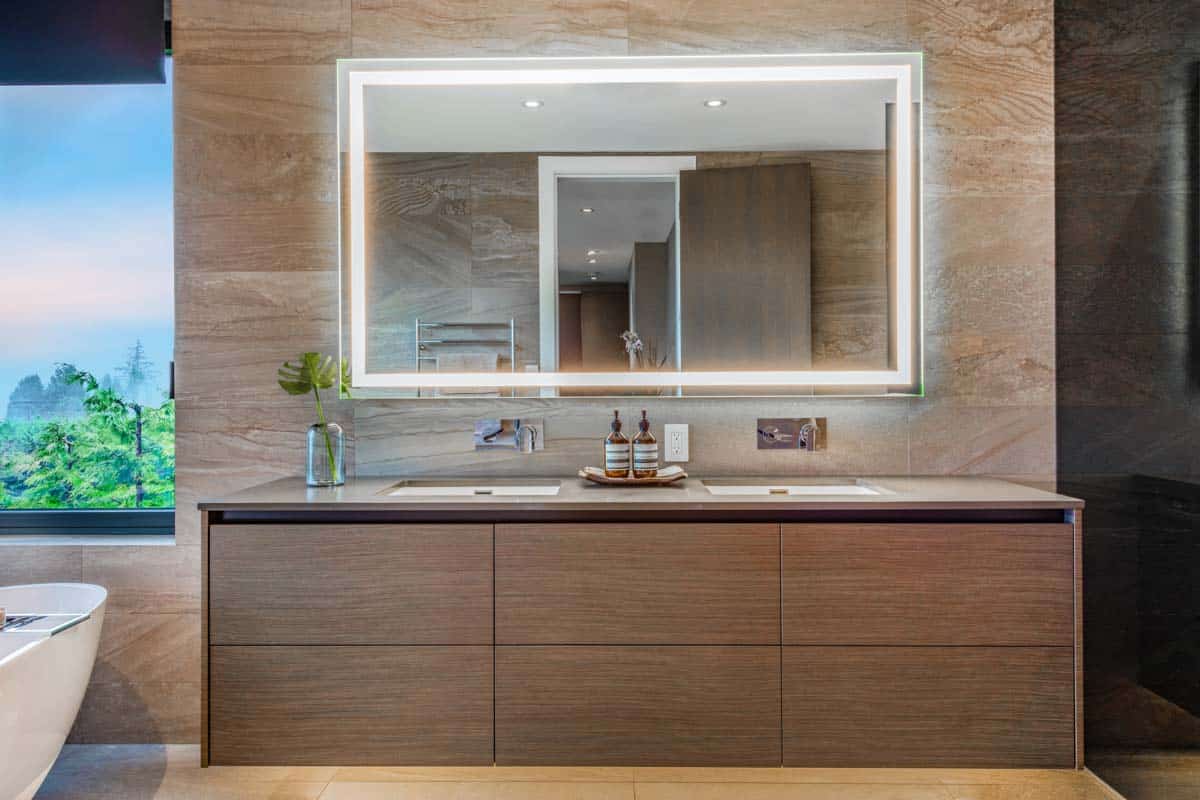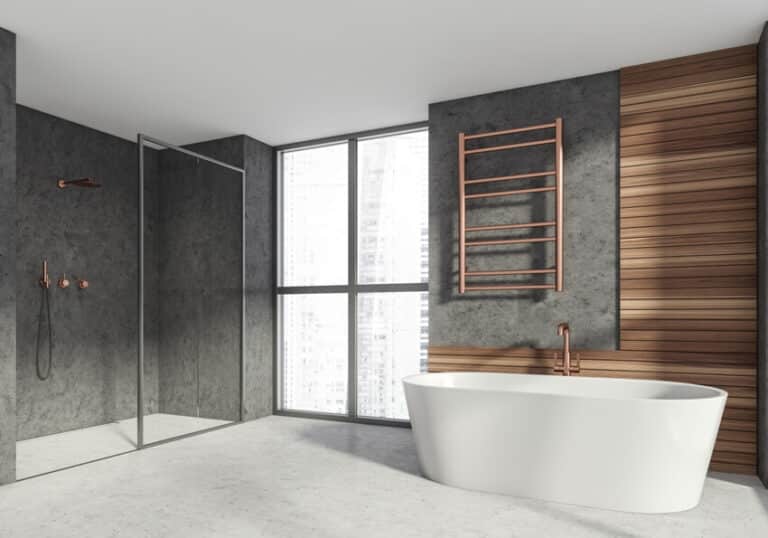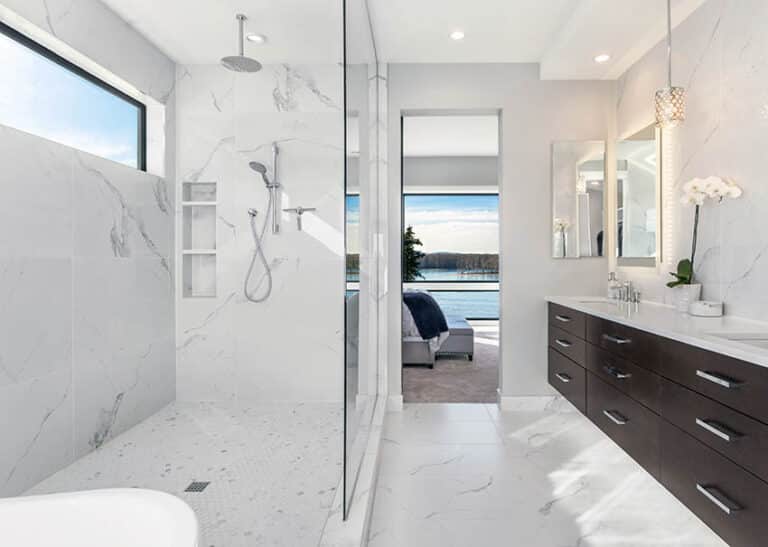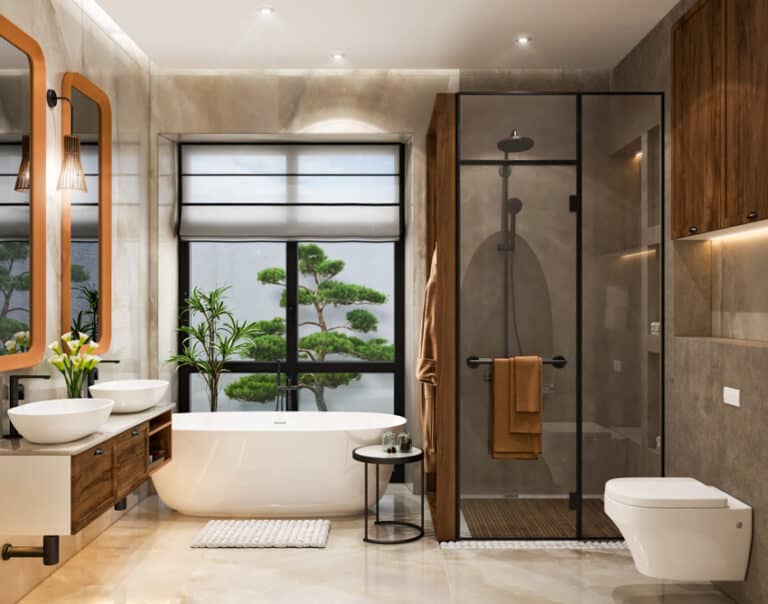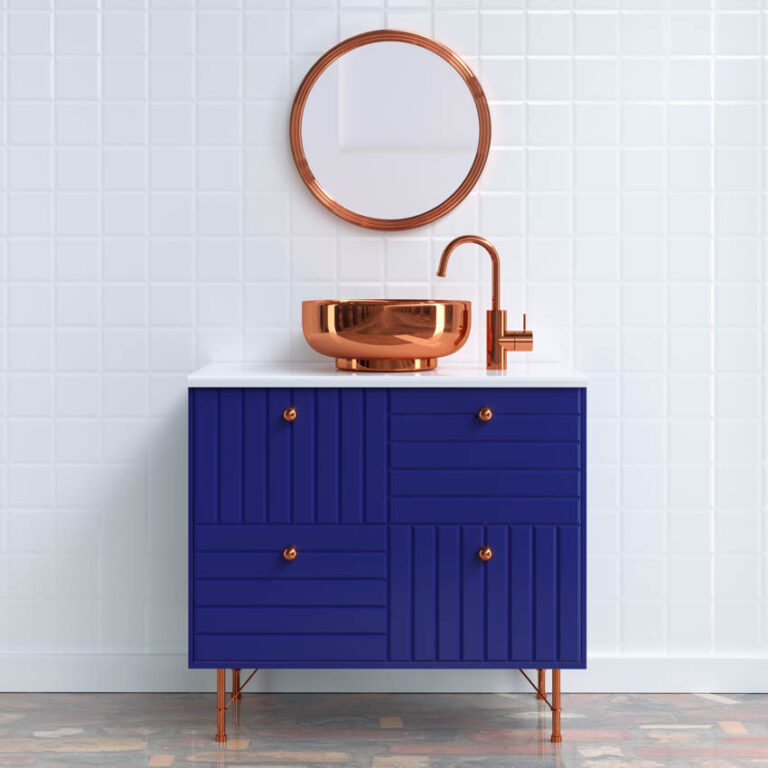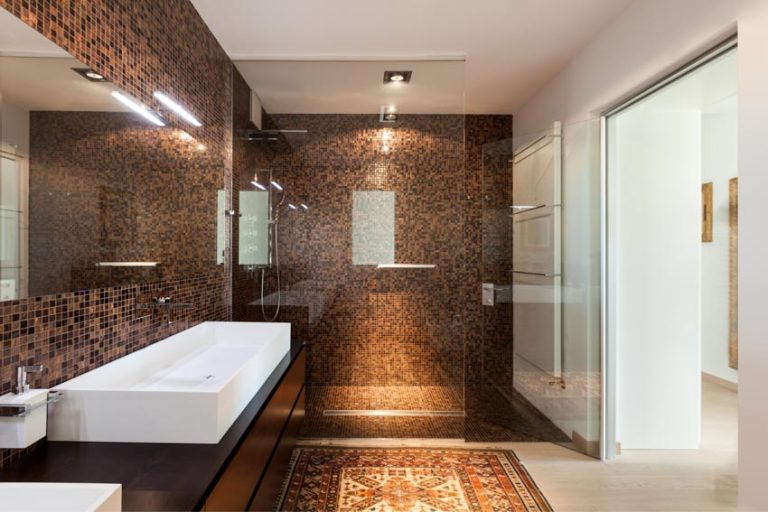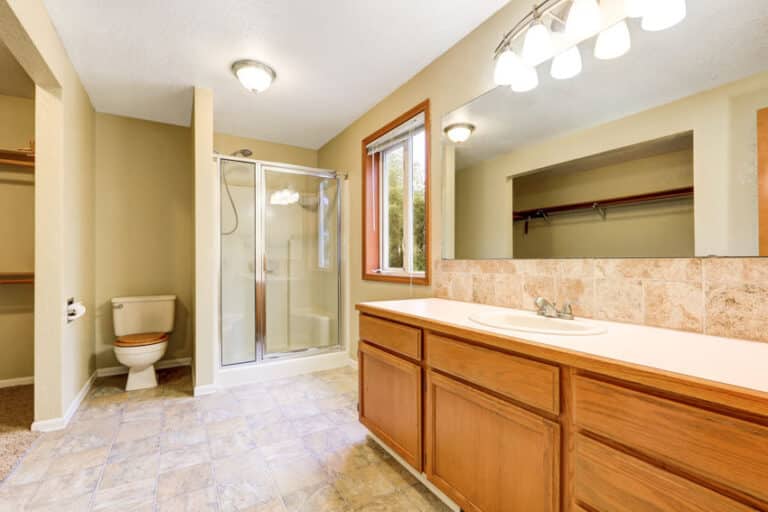Pros and Cons of Lighted Mirrors
Discover the pros and cons of lighted mirrors, featuring how they work, advantages and disadvantages, and if this kind of mirror is worth it.
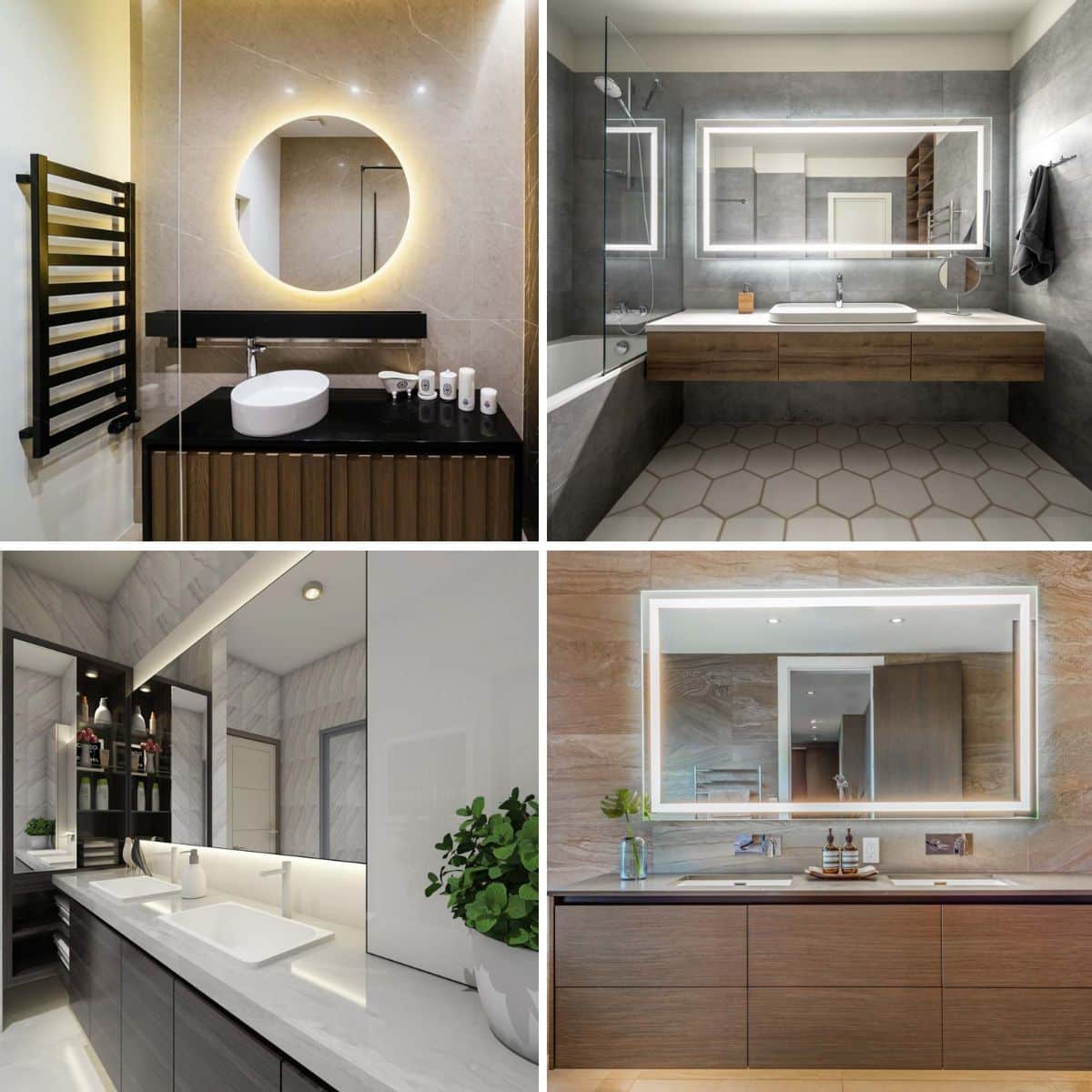
Mirrors are essential in our daily grooming and, with lighting features added, can make our routine convenient and even safer than your standard mirror.
Lighted mirrors enhance functionality and can elevate a space’s aesthetic. Many homeowners opt for lighted mirrors because it lends a modern and luxurious feel to a space. Bathrooms, walk-in closets, bedrooms, and other rooms with vanity spaces are perfect for installing lighted mirrors.
Backlit mirrors placed above table consoles, often enhanced with energy-efficient LED light bulbs, are a fixture in many entryways and foyers in homes. These bright, welcoming mirrors provide an inviting atmosphere for guests while using minimal electricity. They also offer a quick way for one to check their appearance before leaving home.
Advantages of a Mirror with Lighting
Provides Additional Lighting: For bathrooms with limited or no possible provision for windows, lighted mirrors, especially those optioned with bright, energy efficient light bulbs, provide additional lighting while completing a layered illuminance for the bathroom.
Evenly Lights the Face: While natural lighting is still the best source of illumination when it comes to doing makeup, lighted mirrors provide even lighting throughout the day or night. Using a lighted wall mirror rather than ceiling lights and lamps can help eliminate glare, blind spots, and shadows.
This makes it easier to apply makeup and prevents missed spots, shadows, or mistakes. In addition, you can have the option to get a lighted mirror specifically for applying makeup. Smart-controlled lighted mirrors can be adjusted according to specific functions.
New York-based Tobi Henney, who previously worked as a makeup director for L’Oréal Paris in Australia, shares in her Today interview to use LED lights with adjustable lighting conditions for specific types of makeup. For general makeup applications, choose lighted LED mirrors that can provide 4800K-5000K illumination, which is not too cool or warm.
Less Time Spent in Grooming: In connection to make-up application, homeowners who have installed lighted mirrors have said they spent 25% to 30% less time in the said grooming activities.
Setting a light show inside the shower in a vertical row will light up the glass in a changing parade of color; you could also place fittings in the top or leading edges of steps in a bathroom. – Creating Your Dream Bathroom: How to Plan and Style the Perfect Space, Susan Breen
Creates an Ambiance: A well-planned vanity lighting arrangement, possibly incorporating smart LED mirrors, can contribute to a desired ambiance. The even distribution of light bulbs surrounding the mirror can evoke a classic style with a modern twist.
For instance, Hollywood lighting mirrors create that old Hollywood glam and theatrical ambiance with evenly spaced lightbulbs surrounding the perimeter of your mirror. The glamorous lighted mirror for makeup evokes a classic style with a modern style and smart features.
Energy-Saving: Dedicated lighting for the bathroom mirror not only improves the useability of the vanity area but reduces the use of electricity. This reduces the need to turn on all the lights to achieve the desired amount of temperature lighting when doing specific activities in front of the mirror. Look for LED lighting mirrors to cut energy bills further.
Prevents Accidents: A vanity mirror with built-in lighting and touch-activated controls allows faultless makeup application and provides quality lighting that prevents cutting yourself when shaving, doing your hair, and other types of grooming activities.
Added Features: Other than providing illumination, lighted mirrors can come with additional features, such as anti-fog technology, which prevents the buildup of condensation that causes fog on your mirror’s surface.
The anti-fog feature has thermostat sensors and a heating element that slowly warms the mirror surface, thus preventing fog from forming. Lighted mirrored products also offer shatterproof surfaces, lighting memory, lighting presets, and even the ability to simulate real-world lighting settings.
Some products provide light of touch or voice-activated LED mirrors that offer consistent illumination throughout the day or night. These lighted mirrors can be adjusted using touch or voice commands, providing a hands-free experience.
Saves Space: Integrating intelligent LED mirrors combines the functionality of lighting fixtures and a mirror, freeing up space on the vanity countertop and providing a clean, modern look in the bathroom.
Incorporating a wall-mounted, fog-free, and dimmable design, lighted mirrors are an advantageous option for bathrooms with tighter areas and for people who have temporary or portable residences.
However, for those with rented spaces, choices may be limited to portable options such as plug-in lighted mirrors instead of a hardwired power source unless there’s provision for such.
Disadvantages of Lighting on a Mirror
Additional Upfront Costs: While there’s a wide price range for different options of lighted mirrors, quality-made built-in lighted mirrors with additional features, like dimmable and bluetooth-enabled capabilities, can cost three times more than conventional lighting.
However, the energy, design flexibility, and time saved with the convenience lighted mirrors provide can offset the additional upfront costs.
Complex Installation: Compared to an ordinary vanity mirror, lighted mirrors with additional features will need a knowledgeable installer, especially when it comes to electrical wiring. The additional wiring, sockets, and other electrical components must be waterproof and be able to withstand constant moisture from a bathroom.
Most lighted mirrors require a ground fault interrupter or GFI of 20 Amps, a protected circuit specified in the National Electrical Code. The GFI shuts off power in the event that a person is experiencing shock due to wiring that has come in contact with water.
For walls that have tiling or other types of finishes, added remodeling costs may incur, especially when there is a plan to reroute the electrical wiring, particularly for a hardwire power source.
Most old homes usually have their circuit outlets from the ceiling or at the sides of a vanity area since side lights such as wall sconces are common wall-mounted fixtures for bathrooms.
Can Generate Heat: If you feel a wall where a recently lighted mirror was installed, you’ll notice heat still generating from the surface. LED lights can generate some heat, especially if the mirror is used for extended periods. While this heat is usually minimal, be sure that the back of lighted mirrors is clear of items that may be damaged due to the constant heat.
Dependency on Artificial Lighting: Too much dependency on artificial lighting can reduce the need to maximize the healthier lighting source, which is natural lighting. Because artificial lighting can be conveniently installed, homeowners may do away with windows.
Architectural solutions can be made to maximize natural lighting coming into a bathroom area, maintaining privacy and the desired bathroom layout while combining artificial lighting fixtures. This will ensure that ample light is still provided even in the event of a blackout.
Replacement Issues: Once a lighted mirror with smart features is damaged, replacing parts may be challenging, especially if previous models of a lighted mirror have been discontinued in production.
How Do Lighted Mirrors Work?
A lighted mirror is basically like a flat-screen TV with LED lights strategically placed around the mirror’s perimeter. Front-lit lighted mirrors will have lights installed along the frame of the mirror. The light source then projects a frame of light that usually has a 1.2 to 1.5 inches width and an offset of a half inch from the mirror’s edge.
Backlit lighted mirrors will have the same light source but are installed at the back to allow light to be deflected from the wall. The deflected and dimmable light can be further angled so that the edges of the mirror can reflect the diffused light, enhancing the overall aesthetic and design of the bathroom.
Typical Parts of a Lighted Mirror:
• Mirror Glass – Generally made of tempered glass
• Frame – The frame sets the height and overall decor of your mirror and can be matched to the room’s finishes and style.
• LED lights – Bulbs with a CRI rating of 80 to 90 to offer a natural brightness level from multiple bulbs.
• Wiring and Electronics – Hidden behind the mirror.
• Power Supply
• On/Off Controls – (Manual, Bluetooth, Touch or Voice Activated)
• Dimming Controls – Dimmable toggle to control the level of illumination.
• Anti-fog Technology (optional)
• Casing and Backing – Different mounting configurations and frame styles are available
• Additional Features (built-in storage, magnification)
Lighted mirrors that use LED will have a main control unit at the back, with two wires that can either be hardwired or connected to a plug. In addition, hidden at the back part of the lighted mirrors are heating coils for lighted mirrors with anti-fog features.
Most LED-powered mirrored lights will have a touchscreen feature that can easily adjust the light according to its intensity, temperature, or color. Typical lighted mirrors will come with hardware such as brackets and screws.
• Typical Thickness of Lighted Mirror: 1 inch (2.54 cm) to 2 inches (5.08 cm)
Another version of the lighted mirror is the Hollywood vanity mirror, with bulbs equally distributed around the frame. The arrangement gives it an equal distribution of light and creates a glamorous aesthetic to a bathroom interior. Hollywood vanity mirrors offer the same smart features as lighted mirrors that use LED strips. Bulbs for the Hollywood vanity mirrors can also come with LED bulbs.
Backlit Mirror vs. Front Lit
The main difference between a backlit mirror and a front-lit mirror is the positioning height of the light. Frontlit, as the term implies, has a light source located within the perimeter of the mirror, and the illumination is directed at the user.
The backlit mirror has a lighting source that is integrated at the back of the mirror. When mounted on the wall, the light projects behind the wall and is reflected onto the mirror surface that is near the edges of the mirror, creating a diffused light.
• Frontlit is best for grooming activities such as makeup application because of the amount and direction of light. Frontlit is more of task lighting because of the direct lighting that is suitable for detailed tasks. The downside of front-lit lighting is that it can cause glare when not properly oriented or with a low-quality lighted mirror.
• Backlit is best for creating an ambiance in a bathroom setting because of the soft, diffused light. However, the diffused light may be insufficient as a source of illumination when doing makeup or other grooming activities.
Both types of mirrored lighting highlight the mirror area and can have additional features such as color, light, and temperature control. There are lighted mirrors that offer both backlit and front-lit lighting, where each can be turned off when not used.
Are Lighted Bathroom Mirrors Worth It?
Installing a lighted bathroom mirror is a worthy investment as it provides illumination to the daily task of grooming while improving a home’s decor aesthetic.
If you have the budget for a lighted mirror and are prepared for the additional electrical work, then lighted bathroom mirrors can be a valuable enhancement. Also, taking advantage of the customization features of a product, such as lighted bathroom mirrors, can improve your daily living and well-being.
See more related content about helpful information about brightness, bulb choices, and decor tips in our article about bathroom pendant lighting on this page.

